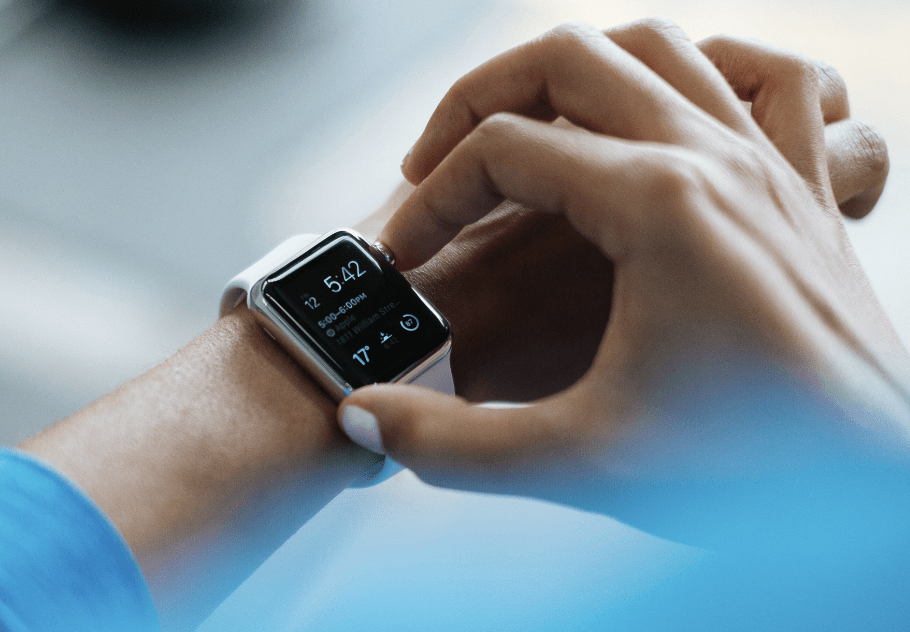EL PAIS – Smartwatches carry a series of sensors that allow you to record physical activity, heart rate and sleep quality.
Before the onset of Parkinson’s disease becomes apparent, patients begin to write with smaller and smaller letters. Even before they themselves realize it, they hold down the cellphone keys longer when they send a message. And several years before the diagnosis, the first movement disorders occur.
By the time the doctor diagnoses Parkinson’s, 60% or more of the neurons that produce dopamine have stopped doing so, making tremors, muscle stiffness, depression tremendously evident.
Now, an investigation of thousands of people who wore smartwatches has been able to anticipate who will have Parkinson’s long before it becomes evident.
Since 2006, a study has been underway in which the U.K. health authorities have been monitoring the health of half a million people over the age of 40 (UK Biobank). A decade later, 103,712 of them were given smartwatches to record their activity for a week.
These data have allowed a group of scientists to investigate something that science is eager to find: an objective marker of Parkinson’s that can be used for early detection.
When they put the watches on, 273 of the participants had a clinical diagnosis of Parkinson’s. And since then, another 196 have been diagnosed.
The data from these two groups have been key to detecting the abnormal signals that indicates that something is wrong in the substantia nigra, the part of the brain that degenerates as the disease progresses.
“Parkinson’s is a neurodegenerative movement disorder characterized by slow disease progression,” recalls Cynthia Sandor, a researcher at Cardiff University in the United Kingdom and co-author of the study.
“Affected people experience motor symptoms such as slow movement, stiffness, coordination difficulties and tremors,” she adds. All these prodromes — signs that precede the disease — appear long before its diagnosis … READ MORE.



